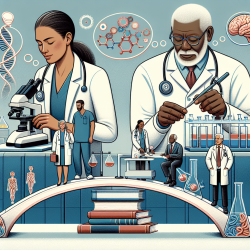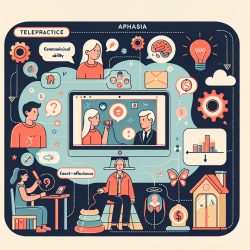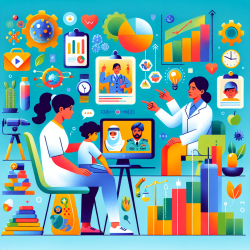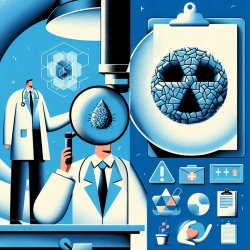Unlocking the Power of Biomedical Science in Clinical Practice
In the dynamic world of medical education, the transition from theoretical knowledge to practical application is a critical yet challenging phase. The recent study, "How Medical Students Apply Their Biomedical Science Knowledge to Patient Care in the Family Medicine Clerkship," provides valuable insights into this transition. This research highlights the importance of structured reflection exercises in helping medical students apply their biomedical science knowledge effectively in clinical settings.
Understanding the Cognitive Challenge of Knowledge Transfer
Medical students often struggle with the cognitive challenge of transferring knowledge from the classroom to the clinic. The study emphasizes the use of Kolb’s experiential learning cycle to facilitate this transfer. By engaging in structured reflection, students can bridge the gap between theoretical knowledge and practical application, thereby enhancing their clinical reasoning skills.
Implementing Structured Reflection in Clinical Practice
Practitioners can benefit from implementing structured reflection exercises similar to those used in the study. Here’s how you can incorporate this approach into your practice:
- Concrete Experience: Encourage students or junior practitioners to reflect on specific patient encounters and identify areas where biomedical science knowledge is applicable.
- Reflective Observation: Guide them to write learning objectives related to these encounters, focusing on both biomedical and clinical science aspects.
- Abstract Conceptualization: Facilitate discussions on how addressing these objectives can influence patient care and future clinical decisions.
- Active Experimentation: Encourage observation and documentation of how experienced practitioners apply biomedical science in patient care.
The Role of Knowledge Encapsulation and Illness Script Theory
The study also delves into knowledge encapsulation and illness script theory, which are crucial for developing clinical reasoning. Practitioners can enhance their skills by understanding these theories and applying them to their practice. This involves recognizing the underlying pathophysiology of diseases and using this knowledge to inform diagnostic reasoning and patient management.
Encouraging Lifelong Learning and Professional Identity Formation
Structured reflection not only aids in immediate clinical practice but also fosters lifelong learning and professional identity formation. By continuously engaging in reflective practices, practitioners can maintain their knowledge base and adapt to new medical advancements, ensuring they provide the best care possible.
Conclusion
Incorporating structured reflection exercises into clinical practice can significantly enhance the application of biomedical science knowledge, improve patient care, and support the professional development of practitioners. For those interested in exploring this further, the original research paper offers a comprehensive analysis and is available for review.
To read the original research paper, please follow this link: How Medical Students Apply Their Biomedical Science Knowledge to Patient Care in the Family Medicine Clerkship.










